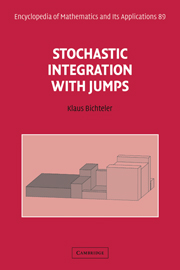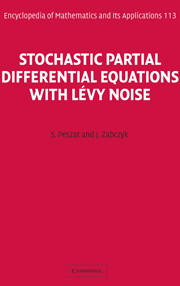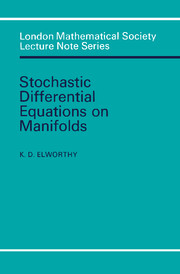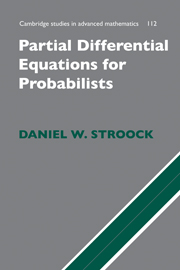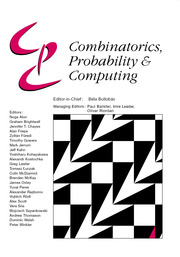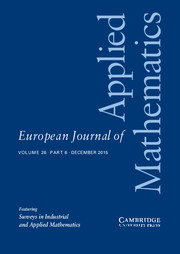Stochastic Integration with Jumps
Stochastic processes with jumps and random measures are gaining importance as drivers in applications like financial mathematics and signal processing. This book develops stochastic integration theory for both integrators (semimartingales) and random measures from a common point of view. Using some novel predictable controlling devices, the author furnishes the theory of stochastic differential equations driven by them, as well as their stability and numerical approximation theories. Highlights feature DCT and Egoroff's Theorem, as well as comprehensive analogs to results from ordinary integration theory, for instance, previsible envelopes and an algorithm computing stochastic integrals of c`agl`ad integrands pathwise.
- Contains the most general stochastic integration theory, applicable to both semimartingales and random measures
- Comprehensive: contains complete proofs for everything that goes beyond a first graduate course in anlysis
- Over 700 exercises
Reviews & endorsements
"Questions of measurability turn out to be quite technical in this case, and the book under review provides a comprehensive and thorough study of these issues." Mathematical Reviews
Product details
April 2010Paperback
9780521142144
516 pages
234 × 156 × 26 mm
0.72kg
Available
Table of Contents
- Preface
- 1. Introduction
- 2. Integrators and martingales
- 3. Extension of the integral
- 4. Control of integral and integrator
- 5. Stochastic differential equations
- Appendix A. Complements to topology and measure theory
- Appendix B. Answers to selected problems
- References
- Index.

